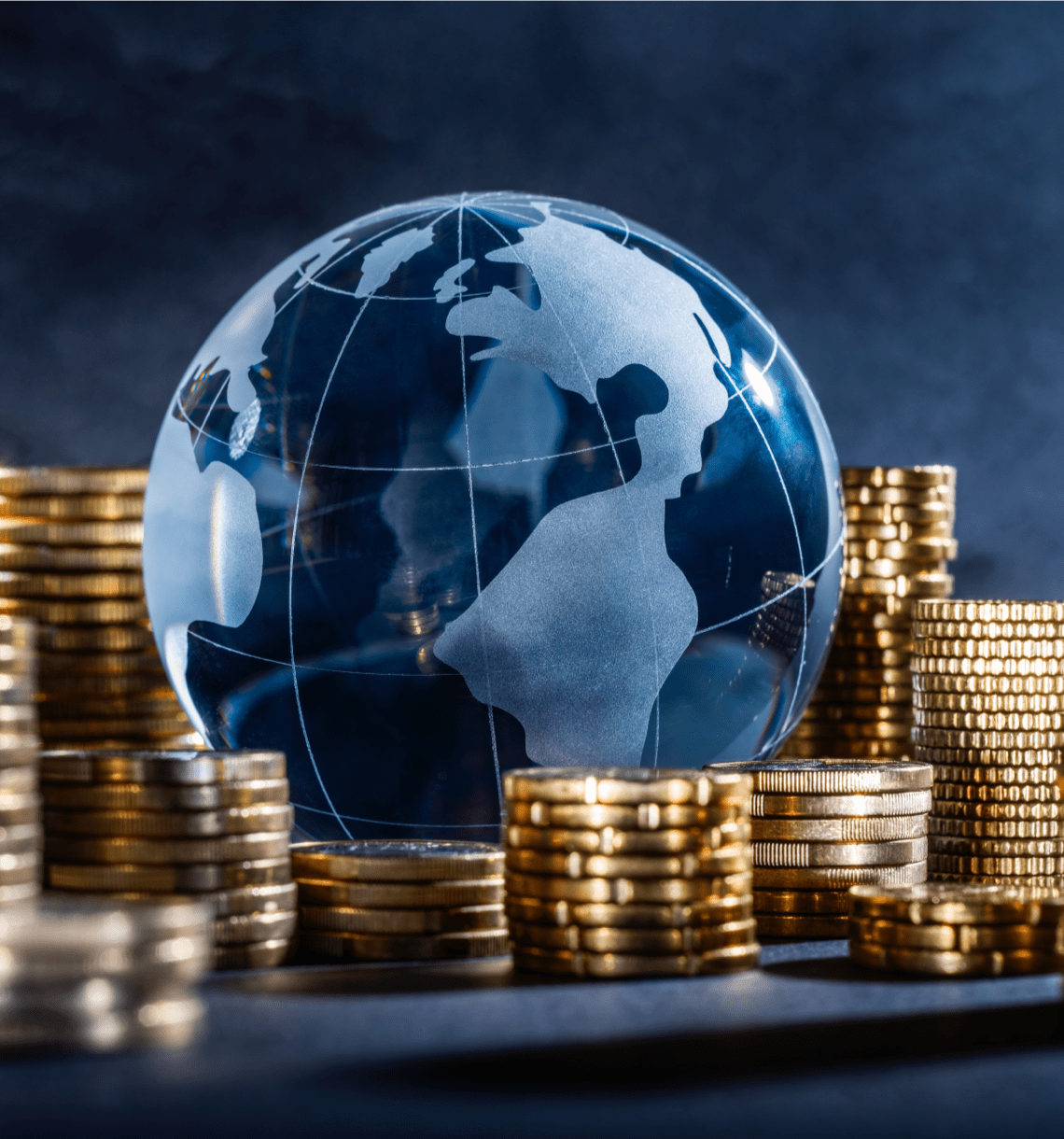Topic / Energy / In-depth
LCOE & The Great Stranding of Assets

It's the end of the line for coal, oil and gas and RethinkX predicted it
The great stranding of coal, oil and gas is happening now
In 2017, RethinkX predicted that oil demand would peak at 100 million barrels a day by 2020 and the collapse of oil prices would be felt as early as 2021.
We were correct.
We also predicted that demand would drop 30 million barrels a day by 2030.
Mainstream analysts, industry experts, and insiders did not predict this would happen until the 2040s or 2050s at the earliest.


"Just like the credit rating agencies ignored actual market data in the build up to the sub-prime mortgage crisis in 2008... Mainstream analysts have ignored actual market data and have enabled the mis-pricing and overvaluation of conventional energy assets."
Tony Seba
Co-Founder, RethinkX

Why is it the end for coal, oil and gas?
It is the pattern of disruption
As with all disruptions, entirely new business models are emerging in our energy sectors to seize opportunities and create value within a new system.
- Electric lighting did not simply replace candles and oil lamps on a 1-to-1 basis, but instead opened up entirely new residential, commercial, industrial, artistic and scientific applications.
- Refrigeration did not just replace ice boxes on a 1-to-1 basis, but instead found new applications ranging from air conditioning and dehumidification to cryogenic industrial processing and ice skating.
- Smartphones did not simply replace flip phones on a 1-to-1 basis, but instead created an entirely new and much larger communication and information system that extends far beyond telephones alone to touch virtually every aspect of our lives.
The superabundant energy generated from a 100% solar, wind and battery energy system will disrupt our current energy system and its processes. We call this 'SWB Superpower'.

The rise of solar, wind and batteries
The costs and capabilities of SWB technologies have been consistently improving for several decades and will disrupt and transform our current energy markets and systems.
Since 2010 alone, solar PV capacity costs have fallen over 80%, onshore wind capacity costs have fallen more than 45% and lithium-ion battery capacity costs have fallen almost 90%.
These technologies will continue to progress so that by 2030 their costs will have decreased a further 70%, 40% and 80% respectively.

The decline of coal, oil and gas
By 2030, coal, gas, and nuclear power technologies will be unable to compete with new battery-firm capacity that makes electricity from solar and wind possible all day, all night, all year round.
This means that the disruption of conventional technologies is now inevitable. No new investment in coal, gas or nuclear power is rational from this point forward.


The rise of SWB Superpower
A 100% SWB system is achievable and affordable, and will produce superabundant, near-zero marginal cost clean energy.
Demand for conventional fossil fuel energy will decline.
An SWB energy system will have the ability to produce far more energy than needed because it must be able to meet demand when sunshine and wind are low.
Today, the United States consumes 12.5 million barrels of oil each day for road transportation, which accounts for 62.5% of total national oil consumption.
A nationwide 100% SWB system would produce more than enough Superpower to electrify all road transportation and wipe out virtually all of its associated demand for oil.
For comparison, this would be equivalent to eliminating all of China’s oil consumption, or all oil consumption in India, Japan and Russia combined.

A global financial bubble now exists around conventional coal, gas, nuclear and hydro-power energy assets.
This bubble has in part been created by mainstream energy analyses that have, for the last decade, significantly underestimated the levelized cost of electricity (LCOE) from conventional power plants.
Mainstream analysts assume these plants will be able to successfully sell the same quantity of electricity each year from now through 2040 and beyond. This assumption has been false for at least 10 years.

Advice for decision-makers
Decision-makers must act fast to respond to the coming disruption.
If the gap between perception and reality is not corrected, asset managers may continue to invest in both conventional power plants and their value chains, falsely believing that these are low-risk investments.
At the same time, appropriate divestment from holdings that have little chance of performing as originally expected will be delayed as well. If we continue to accept deeply flawed projections such as those of the U.S. EIA, whose reference case assumes that almost half of all new electricity generating capacity installed in the United States between now and 2050 will be natural gas (over 3 terawatts at a cost of roughly $3 trillion just for the power plants), then the conventional energy asset bubble that already exists could grow more dramatically during the 2020s.

-min.png?width=717&name=Report_Hero_Rethinking-Energy-LCOE%20(1)-min.png)















.png?width=732&name=Copy%20of%20Website%20imagery%20-%20Featured%20Image%201200x628%20(9).png)
.png?width=732&name=Website%20imagery%20-%20Featured%20Image%201200x628%20(3).png)



